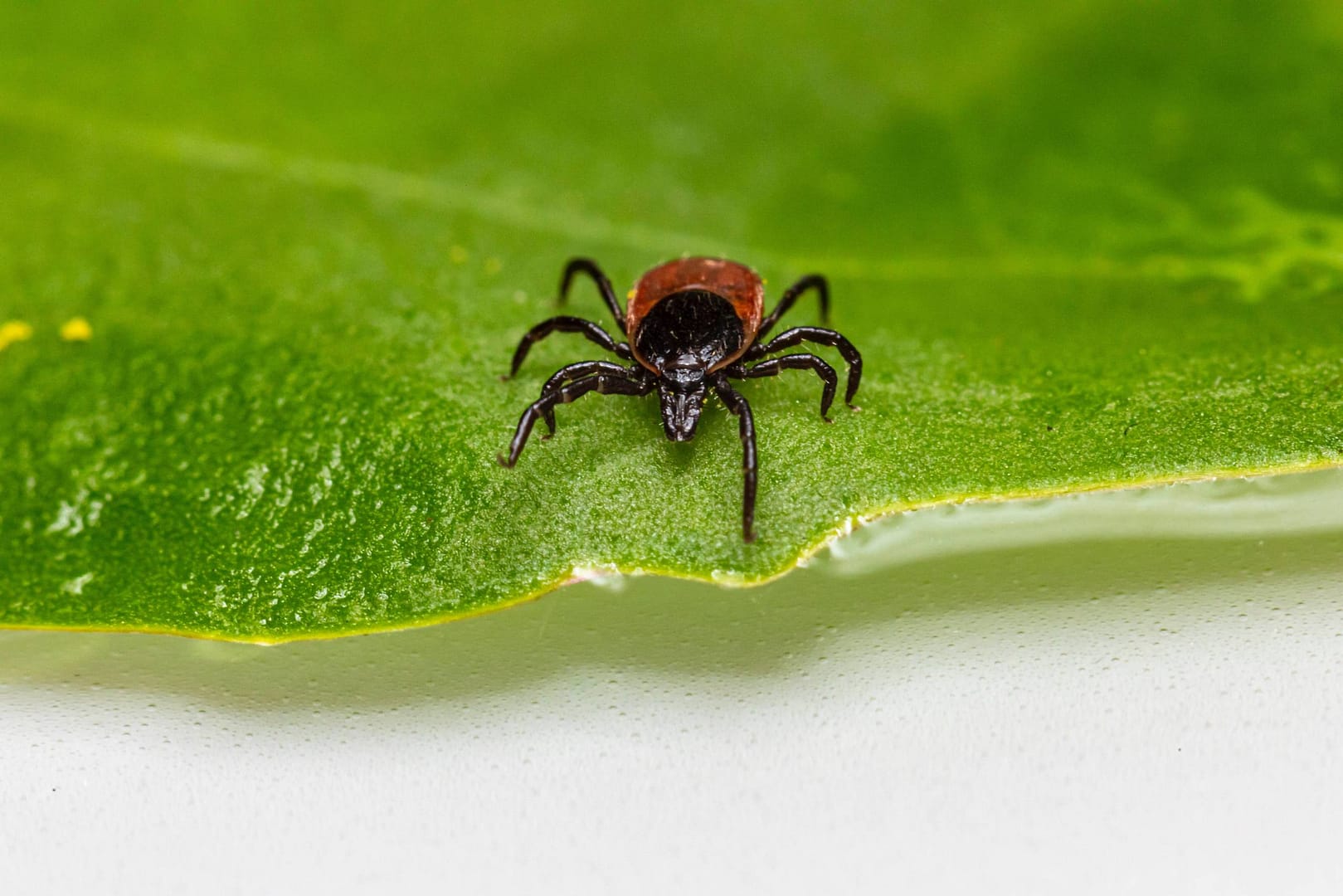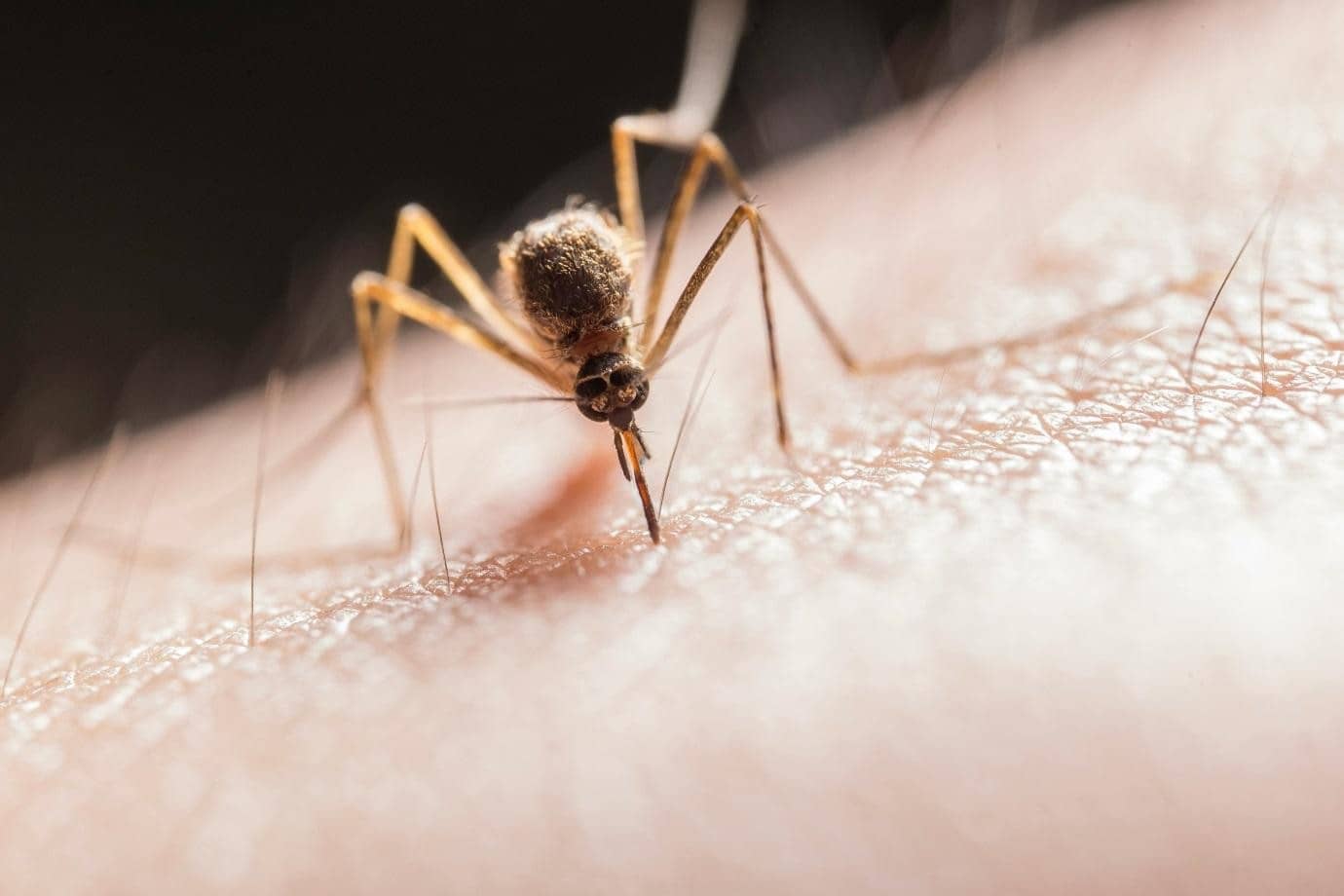Ticks are a typical concern for those outside locations with thick grass or wooded areas. Many diseases, including Lyme disease, which, if neglected, can result in major health issues, can be brought on by ticks. Although there is no way to prevent the possibility of getting a tick bite, there are things you can take to lessen the number of ticks in your yard and your chance of contracting an infection.
Using insecticides is one way to get rid of ticks in your yard. It is crucial to remember that relying just on spraying to lower your risk of infection is not advisable. It is crucial to read and adhere to pesticide label directions thoroughly. To find out the ideal time to apply pesticides in your region, the best pesticide to use, and any laws or ordinances governing the application of pesticides on residential premises, you should also consult local agricultural or health officials.
Numerous landscaping approaches can assist in lowering black-legged tick populations in your yard outside the use of pesticides. A thorough Tick Management Handbook that offers thorough advice on avoiding tick bites has been created by the Connecticut Agricultural Experiment Station. To decrease black-legged tick numbers in your yard, try the following straightforward landscaping techniques:
- Eliminate leaf litter: Since ticks like damp surroundings, eliminating leaf litter can help to lower the tick population.
- Ticks commonly hide in tall grass and brush, so cleaning these places can help to decrease their population. Clear tall grass and brush near home and at the border of lawns.
- Put a 3-foot-wide gravel or wood chip barrier between your lawn and the wooded areas: This may limit the spread of ticks into outdoor activity areas.
- Regularly mow your grass to help control the number of ticks in the area.
- Stack wood neatly and in a dry location because rodents are known to carry ticks. You can help prevent mice or rats from settling by keeping woodpiles away from your home.
- Avoid placing patios, decks, or playground equipment too close to trees or yard edges. Keep play spaces away from areas with tall grasses since ticks frequently ascend to the top of this vegetation and wait for a host to pass by.
- Prevent unwanted animals from accessing your yard: Building fences can help keep stray dogs, deer, and raccoons out of your yard because they are known tick distributors.
- Get rid of any yard waste, old mattresses, or furniture that could serve as a hiding spot for ticks: Since ticks are opportunistic and will settle anywhere, they may find protection; eliminating potential hiding spots can help to lower the tick population.
By combining pesticides with landscaping strategies, you may drastically lessen the number of ticks in your yard and your risk of infection. It is crucial to remember that no treatment is 100% effective, so you should always check yourself and your pets for ticks after being outside in an area where they are likely to be present.




